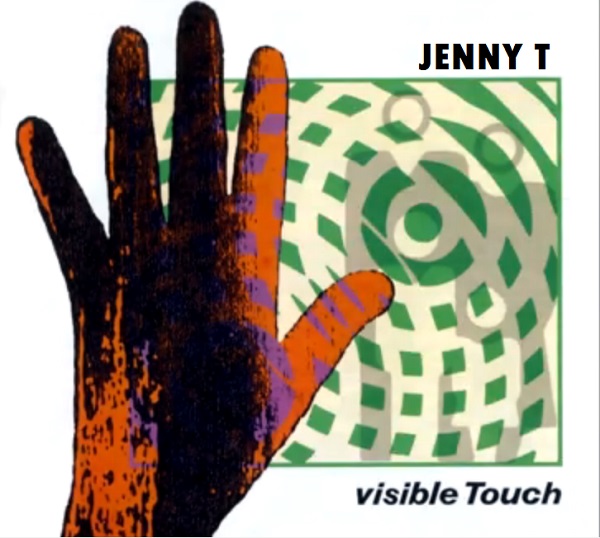(May 12, 2023) Scientific evidence shows that yoga supports stress management, mental health, mindfulness, healthy eating, weight loss and quality sleep. This is according to the National Institutes of Health. On this edition of the Beth Linder-Moss Podcast, Beth specifically describes all those benefits and how to get started with Yoga.
Yoga is not just a form of exercise but a holistic approach to wellness that works on the mind, body, and spirit. From reducing stress and anxiety to building strength and flexibility, yoga offers numerous benefits for people of all ages and fitness levels.
Mind Benefits of Yoga
According to Beth, yoga helps to calm the mind and reduce stress and anxiety. The practice of breathing exercises and meditation during yoga helps to quiet the mind, relax the body, and reduce cortisol levels. Cortisol is associated with higher stress levels. Studies have shown that regular yoga practice can also alleviate symptoms of depression, anxiety, and even PTSD.
Yoga can also help to improve focus, memory, and concentration. “Yoga helps to improve cognitive function, which leads to better decision-making, improved memory and concentration,” says Beth Linder-Moss.
Body Benefits of Yoga
The physical benefits of yoga are well known. Yoga helps to increase strength, flexibility, and balance. Practicing yoga regularly can help to tone muscles and improve overall body composition. Yoga also helps to reduce inflammation and improve digestion.
According to Beth, yoga is one of the best ways to stay fit and healthy, especially as we age. “Yoga is a low-impact exercise that can be practiced by people of all ages and fitness levels. The practice helps to maintain mobility and flexibility in the body, which is essential as we grow older.”
Spiritual Benefits of Yoga
Yoga is not just a physical practice but a spiritual one too. It helps to connect the mind, body, and spirit. Yoga philosophy talks about the interconnectedness of all things and encourages participants to live a life of compassion and kindness.
Beth believes practicing yoga can help to connect with our inner selves and find inner peace. “Yoga helps to inculcate a deep sense of awareness, concentration, and mindfulness. It helps to cultivate a sense of gratitude, compassion, and contentment,” she says.
Finally Beth says, “yoga is a practice that nourishes and sustains us, helping us to live better, healthier, and more fulfilling lives.”



